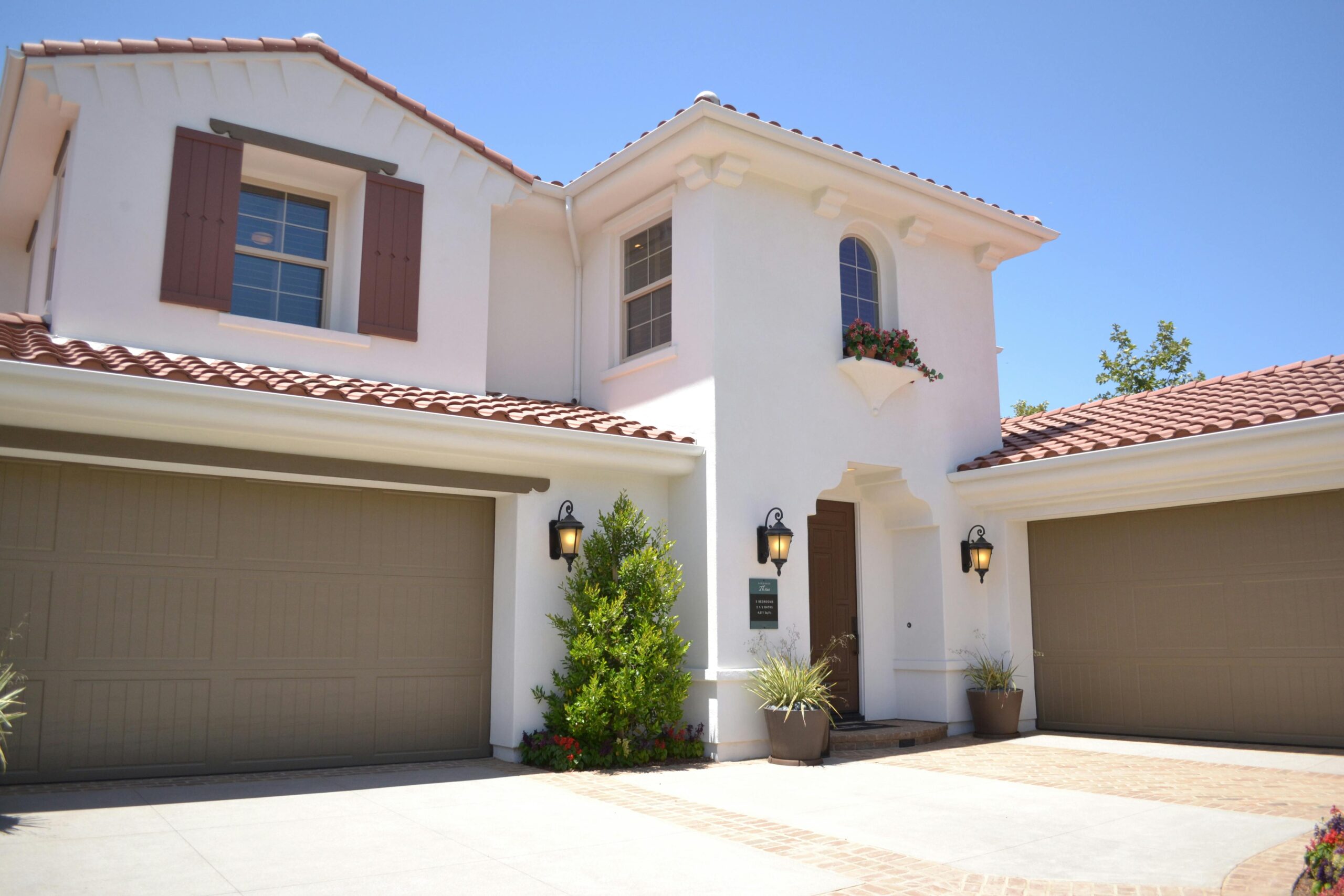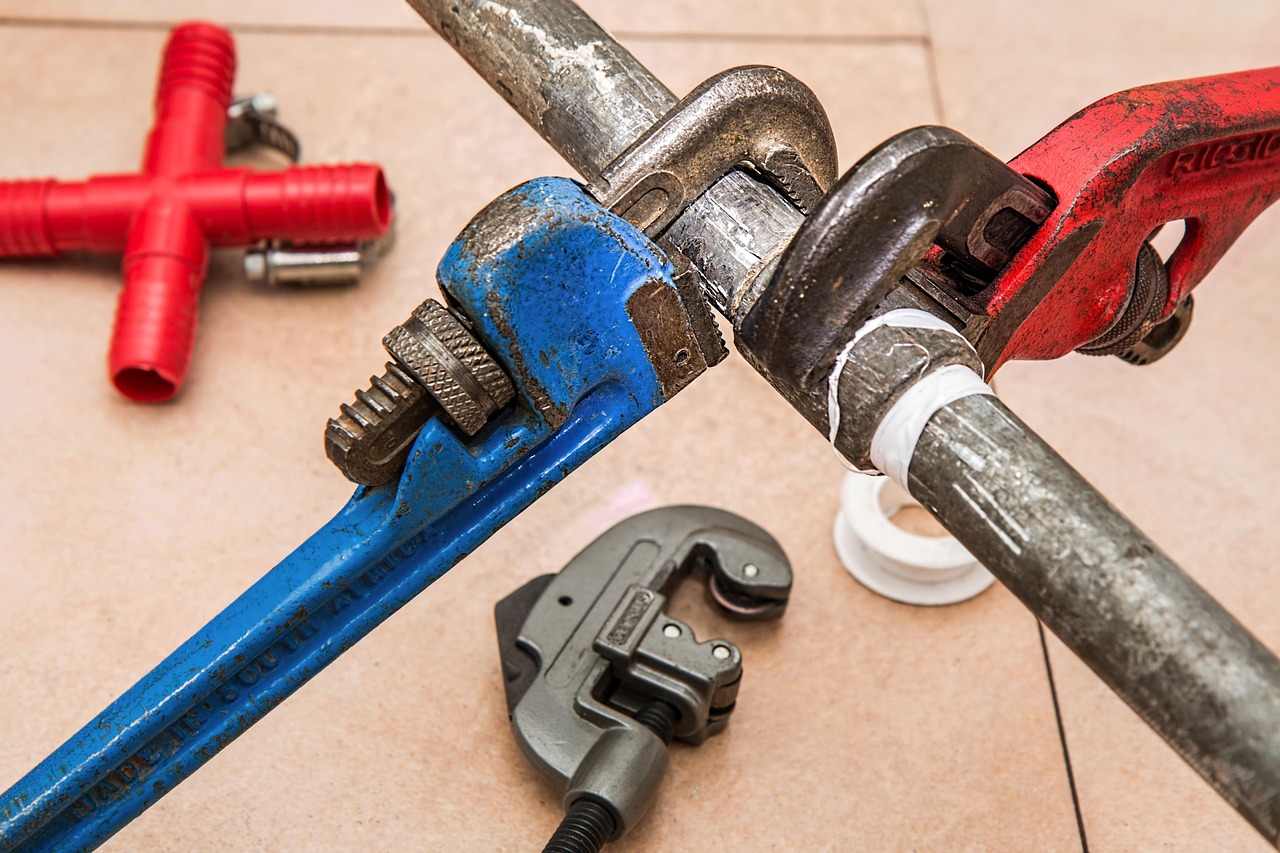Most homeowners understand the importance of lubricating their garage door tracks and hinges, but truly comprehensive maintenance goes much deeper. Your garage door is a complex system of interconnected parts, including high-tension springs, steel cables, rollers, and safety sensors—all working in harmony to provide safe, reliable operation. This article explores the critical maintenance tasks beyond basic lubrication that will extend your door’s lifespan, enhance safety, and help you recognize when it’s time to call in the professionals for advanced garage door maintenance.
Understanding Torsion Springs: The Heart of Your Garage Door
Torsion springs store the mechanical energy that makes lifting even the heaviest garage doors possible. These powerful components are under extreme tension, which makes inspecting garage door springs cables a crucial but potentially dangerous maintenance task. Begin by visually examining your springs for signs of wear, including gaps between coils, stretching, or rust formation. A properly functioning spring should appear uniform throughout, without visible deformation.
Age is another important factor in torsion spring health. Most springs are rated for 10,000 to 15,000 cycles (one cycle equals opening and closing the door once). For many households, this translates to 5-7 years of use. If your springs are approaching this age, even without visible damage, consider scheduling a professional assessment. Remember that spring replacement is not a DIY project—the tension in these components can cause serious injury if mishandled.
Cable Inspection: Your Door’s Critical Safety Line
Working in tandem with the springs, garage door cables transfer tension and help control the door’s movement. These braided steel cables endure tremendous stress with each operation. When performing advanced garage door maintenance, carefully inspect the entire length of each cable for fraying, unwinding, or corrosion. Pay special attention to the areas where cables connect to the bottom brackets and the drum at the top of the door.
Any sign of damage to cables warrants immediate professional attention. Unlike some maintenance tasks, cable replacement requires specialized tools and expertise. Damaged cables can snap suddenly, potentially causing property damage or personal injury. If you notice even minor fraying, contact AskHomey professionals who can safely perform the necessary repairs.
Roller Maintenance: The Silent Workhorses
Garage door rollers bear the brunt of your door’s weight as it travels along the tracks. Over time, these components wear down, creating noise and inefficient operation. Effective garage door roller replacement begins with proper inspection. Examine each roller for cracks, chips, or excessive wobbling. Nylon rollers typically last 10-15 years, while steel rollers may need replacement sooner due to their tendency to develop rust.
When rollers show signs of wear, replacing them can dramatically improve your door’s operation. While some homeowners with mechanical aptitude can handle roller replacement on the bottom brackets, upper roller replacement often requires releasing tension from the door system—a task best left to professionals during a comprehensive professional garage door tune-up.
Safety Sensor Troubleshooting: Protecting What Matters Most
Modern garage doors include safety sensors that prevent the door from closing when an object or person is in its path. Effective garage door sensor troubleshooting starts with checking the alignment of these photoelectric eyes. The sensors typically mount about six inches from the floor on either side of the door opening, and both units should have indicator lights showing they’re powered and properly aligned.
If your door reverses unexpectedly or refuses to close, first ensure nothing is physically blocking the sensors. Next, clean the sensor lenses with a soft cloth to remove dirt or cobwebs that might interrupt the beam. Check that both sensors are securely mounted and pointing directly at each other. Sometimes, simply readjusting their position solves the problem. For persistent issues, inspect the wiring for damage or disconnection, especially if you’ve recently experienced severe weather or pest activity in your garage.
Knowing When to Call the Professionals
While some aspects of advanced garage door maintenance can be handled by attentive homeowners, certain situations demand professional intervention. Consider scheduling a professional garage door tune-up if you notice persistent operational issues, unusual noises, or if your door is more than five years old and hasn’t received professional service. Technicians have the training and equipment to safely adjust spring tension, replace worn components, and perform comprehensive safety checks.
Remember that garage door systems store enormous energy in their springs and operate with enough force to cause serious injury. When in doubt about any maintenance procedure, prioritize safety by consulting with experienced professionals who can ensure your system operates reliably for years to come.
For more tips and to connect with reliable home service professionals, follow AskHomey on Facebook and Instagram.



